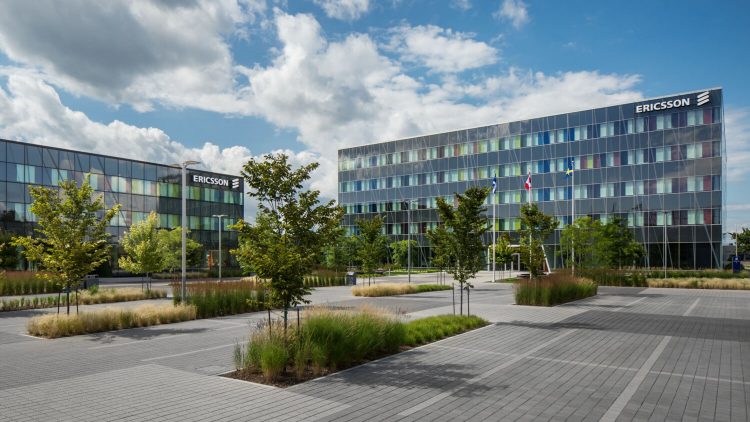Ericsson Canada has announced a new research partnership with leading Montreal universities to develop new AI solutions aimed at reducing energy use in 5G networks.
As a part of the three-year project, seven professors and 27 researchers from the École de technologie supérieure (ÉTS), Concordia University, and Polytechnique Montréal will work alongside Ericsson to develop more sustainable network technologies, which will be used in Ericsson’s future products. Environment and Climate Change Canada will also offer guidance and expertise.
The Swedish telecommunication company is no stranger to Canada. As a leading technology provider and the primary hardware supplier for Rogers’ 5G network, it has been partnering with Canadian academia since the 1980s. Today, their research focuses on cloud, security, quantum, photonics, and AI solutions. This latest research partnership in Montreal is just one of many that pivots toward sustainability.
Energy cost is already one of the highest costs on an operator’s bill. The Global System for Mobile Communications Association (GSMA) says it constitutes 20 to 40 per cent of a network’s operational expenditure. That figure is only set to rise as data traffic is expected to increase 1,000 times in the 5G era. With the imminent onset of massive Internet of Things (IoT), rich media, Metaverse, and emerging industrial use cases, operators are exploring all avenues to be more sustainable and drive down costs.
The new 5G networks are more efficient than 4G networks by design. The 3GPP’s 5G specification calls for a 90 per cent reduction in energy use compared to 4G, an aggressive target flanked by stricter green policies from governments.
When asked which part of the network the new research partnership targets, Erik Ekudden, chief technology officer at Ericsson, pointed out that advancements need to be made across the entire infrastructure stack.
“We are actually looking at most parts of the network when it comes to optimization here,” said Ekudden. “It goes to everything from energy-efficient handling of the radio network to using resources only when they are needed, all the way up to how you apply AI to the applications that run on top of it.”
A 2020 McKinsey report underscored that data transmission only accounts for around 15 per cent of a carrier network’s total energy use. The rest is lost from inefficient power controls, heat loss, cooling systems, and battery units.
Further, the report emphasized that operators can reduce energy consumption by as much as 15 to 20 per cent in just a year through structural and architectural transformations and sourcing green energy. As newer technologies become available, consumption can be lowered even more over time.
The telecom industry generally agrees that AI will be a key technology that will help it reach its carbon-neutral goals.
“AI today, which is a broad set of technologies, is very much about machine learning, meaning that we can use the operational data from the network to optimize the use of [radio wave] frequencies,” explained Ekudden. “We can optimize the use of resources, basically not wasting energy when it’s not needed.”
Beyond just managing radio wave broadcasting, Ekudden said a data driven approach also benefits the network at a hardware and software level, improving how data traffic is directed and lowering power consumption when the network is idle. Additionally, the results from today’s research can help build a stronger foundation for future networks like 6G.
Perhaps more importantly, Ekudden highlighted that these emerging technologies also benefit the networking hardware that has already been deployed.
“That’s the beauty of it. So much of the hardware that’s out there can be software upgraded continuously,” said Ekudden. “When we talk about AI capabilities, there is, of course, a natural learning cycle where performance improves over time. So yes, absolutely, it will improve over time, and there will be opportunities to upgrade with new AI software as well.”
Source by www.itworldcanada.com





























